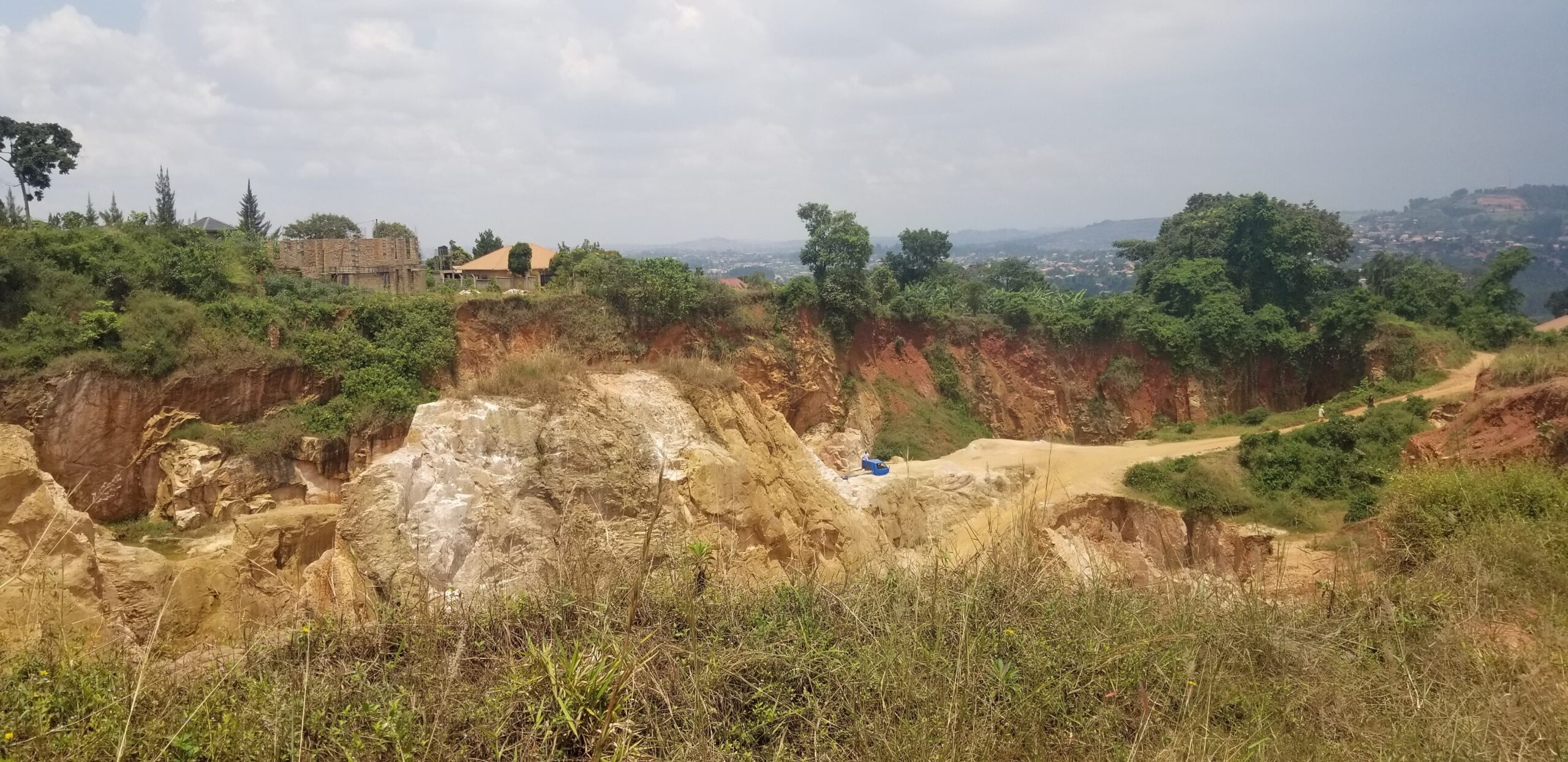Nestled in Wakiso District, Buddo Kisozi is celebrated for its rolling hills and lush greenery, a picturesque landscape that speaks to Uganda’s natural beauty. Yet beneath this serene facade lies an alarming reality: the adverse effects of stone quarrying, an industry that has brought both economic gains and profound environmental and health challenges.
For many residents, stone quarrying is a lifeline, providing income to support their families amidst the harsh realities of life.
“I would rather die of the outcome so long as we have something to put on the table,” said John Maseruka (not his real name), a worker at one of the quarrying sites.
However, these economic benefits come at a significant cost. The quarrying process releases vast amounts of particulate matter into the air, causing severe health problems among the local population. Conditions such as silicosis, an incurable lung disease, have become commonplace, along with risks of heart disease, stroke, infertility, and pregnancy complications.
Environmental Devastation
The environmental toll of stone quarrying is equally grave. The removal of vegetation has led to widespread soil erosion and deforestation, disrupting the area’s delicate ecosystem. Contaminated water sources and diminished air quality further threaten the health of both humans and wildlife.
Buddo Kisozi’s once-thriving greenery now struggles to sustain itself under the weight of dust and environmental degradation, a sharp contrast to its former beauty.
A Dangerous Workplace

For workers, the dangers extend beyond health risks. Many operate in hazardous conditions, often without safety gear or adequate protective measures. Landslides and accidents are frequent, adding to the human cost of the industry.
The absence of stringent safety regulations leaves workers vulnerable, risking life and limb to eke out a living.
Calls for Change
As the detrimental effects of quarrying become more visible, local communities are demanding action. Residents are calling for stricter environmental regulations, better safety measures for workers, and a commitment to sustainable practices.
Their demands highlight the possibility of balancing economic development with environmental preservation. Many believe that with the right policies, Buddo Kisozi can maintain its status as a symbol of natural beauty while safeguarding the well-being of its people.
A Path Forward
Addressing the quarrying crisis requires collaboration between the government, industry stakeholders, and local communities. Implementing sustainable quarrying practices, reforestation efforts, and enforcing safety standards for workers are critical steps toward mitigating the damage.
Buddo Kisozi remains a testament to Uganda’s natural charm, but its future depends on decisive action to address the challenges posed by stone quarrying. By prioritizing environmental sustainability and worker safety, the region can preserve its beauty and ensure a healthier, more prosperous future for its residents.











































